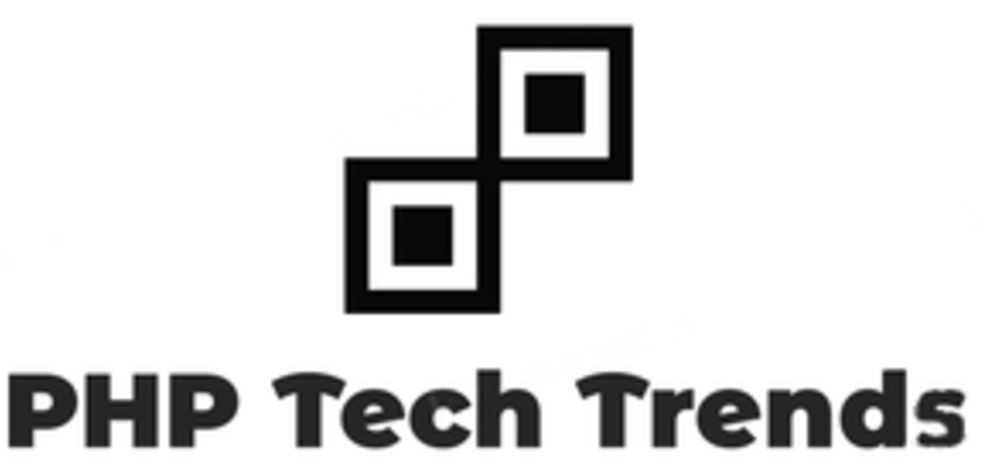Are you a PHP developer looking to level up your testing game? If so, then you’re in the right place! In today’s fast-paced software development landscape, it is crucial to ensure that your PHP applications are thoroughly tested before deployment. And what better way to achieve this than by harnessing the power of cloud-based testing frameworks?
We will explore the wonderful world of PHP and cloud-based testing frameworks. We’ll dive into the benefits of using these frameworks, discuss some popular options available in the market, provide you with a step-by-step guide on setting up your own cloud-based testing environment for PHP, share best practices for seamless integration, and shed light on any challenges or limitations you might encounter along the way.
Benefits of using Cloud-Based Testing Frameworks for PHP
Cloud-based testing frameworks offer numerous benefits for PHP developers. One of the key advantages is scalability. With cloud-based testing, developers can easily scale their testing environments up or down based on their needs. This means they can handle large-scale tests without worrying about hardware limitations.
Another benefit is cost savings. Cloud-based testing eliminates the need to invest in expensive hardware and infrastructure. Developers can simply pay for the resources they use, making it a more cost-effective option.
Cloud-based testing also offers flexibility and accessibility. Developers can access their test environments from anywhere with an internet connection, allowing for remote collaboration and faster development cycles.
Cloud-based testing frameworks often provide a wide range of tools and integrations that make the testing process easier and more efficient. From automated test execution to real-time reporting, these frameworks streamline the entire testing workflow.
Furthermore, using cloud-based testing frameworks allows developers to take advantage of continuous integration and deployment practices. By seamlessly integrating with popular CI/CD platforms like Jenkins or Travis CI, developers can automate their build processes and ensure consistent quality throughout development iterations.
Utilizing cloud-based testing frameworks provides PHP developers with scalability, cost savings, flexibility, efficiency gains through automation tools as well as seamless integration with CI/CD pipelines – ultimately leading to improved software quality and accelerated development cycles!
Popular Cloud-Based Testing Frameworks for PHP
When it comes to testing your PHP applications, using cloud-based testing frameworks can be a game-changer. These frameworks offer numerous benefits, such as scalability, flexibility, and cost-effectiveness. In this section, we will explore some of the popular cloud-based testing frameworks that are widely used by developers.
One popular framework is PHPUnit Cloud by Testim.io. This framework allows you to run your tests in parallel across multiple virtual machines on the cloud. It offers features like test scheduling, result analysis, and seamless integration with other CI/CD tools.
Another widely-used framework is Codeception with AWS Device Farm integration. With this setup, you can easily execute your test suites across various real devices and browsers available on AWS Device Farm. This ensures comprehensive testing coverage for different platforms.
For those looking for a lightweight solution, Cypress.io could be the perfect fit. Cypress is an end-to-end testing tool that runs directly in the browser without any additional dependencies or plugins required. It provides an interactive dashboard to view test results and debugging information.
Selenium Grid is another well-known option for running tests on distributed environments using Selenium WebDriver. By leveraging cloud providers like Sauce Labs or BrowserStack, you can easily scale your tests across multiple browsers and operating systems simultaneously.
These are just a few examples of the many cloud-based testing frameworks available for PHP developers today. Each framework has its own unique set of features and advantages depending on your specific requirements.
Choosing the right cloud-based testing framework depends on factors such as project complexity, budget constraints, and desired functionality. Be sure to evaluate each option carefully before making a decision to ensure seamless integration into your development workflow.
Step-by-Step Guide on Setting Up a Cloud-Based Testing Environment for PHP
Setting up a cloud-based testing environment for PHP may seem like a daunting task, but with the right guide, it can be a smooth and straightforward process. Here is a step-by-step walkthrough to help you get started.
Choose a cloud platform that suits your needs. There are several options available such as Amazon Web Services (AWS), Google Cloud Platform (GCP), and Microsoft Azure. Research each platform’s features, pricing plans, and integration capabilities before making your decision.
Once you have selected your cloud provider, create an account and set up the necessary credentials. This typically involves creating access keys or tokens that will allow you to interact with the cloud services through APIs or command-line tools.
Provision an instance or virtual machine on your chosen cloud platform. This will serve as your testing environment where you can install PHP frameworks and run tests against your codebase. Be sure to select an appropriate instance size based on your project requirements to ensure optimal performance.
After provisioning the instance, configure it by installing PHP along with any required extensions or dependencies for your specific testing needs. You may also need to set up web server software like Apache or Nginx if you plan on running web application tests.
Once everything is installed and configured correctly, upload your codebase to the cloud instance either via FTP/SFTP or using Git version control system if available. Ensure that all necessary files including libraries and configuration files are included in the upload.
Test your setup by running sample tests against your codebase using popular PHP testing frameworks such as PHPUnit or Codeception. Monitor the test results closely to identify any issues or errors that might require further debugging.
Remember that setting up a cloud-based testing environment requires careful planning and attention to detail. Take time to familiarize yourself with the chosen cloud platform’s documentation and resources available online for additional support when needed.
Challenges and Limitations of Using Cloud-Based Testing Frameworks with PHP
While cloud-based testing frameworks offer numerous benefits for PHP developers, there are also some challenges and limitations that need to be considered.
One challenge is the potential dependency on internet connectivity. Since cloud-based testing frameworks rely on accessing resources over the internet, any disruptions in connectivity can impact the testing process. This can lead to delays or even complete halts in testing activities.
Another limitation is the lack of control over infrastructure. When using a cloud-based solution, developers have limited control over the underlying infrastructure where their tests are running. This means they may not have access to certain system-level configurations or be able to optimize performance as much as they would like.
Data security and privacy concerns may arise when using a cloud-based solution. Developers must ensure that sensitive data used during testing is adequately protected and comply with relevant regulations such as GDPR.
Scalability can also pose a challenge. While cloud-based solutions typically offer scalability options, it’s important for developers to carefully plan and manage their resources to avoid unexpected costs or bottlenecks during peak usage periods.
Compatibility issues between different versions of PHP and various cloud platforms can be problematic. It’s crucial for developers to thoroughly test their code across multiple environments and ensure compatibility before deploying their application into production.
Conclusion
In today’s fast-paced and highly competitive digital landscape, it is crucial for PHP developers to ensure the quality and reliability of their code. Cloud-based testing frameworks provide a convenient and efficient solution for testing PHP applications.
By leveraging the power of cloud infrastructure, developers can easily set up comprehensive testing environments without the need for expensive hardware or complicated setup processes. With features like parallel execution, scalability, and real-time reporting, these frameworks enable teams to streamline their testing workflows and deliver high-quality software faster.
Throughout this article, we explored some of the popular cloud-based testing frameworks available for PHP development. We discussed the benefits they offer in terms of flexibility, cost-effectiveness, speed, and collaboration. We also provided a step-by-step guide on setting up a cloud-based testing environment for PHP projects.
It’s important to acknowledge that using cloud-based testing frameworks with PHP may come with its own set of challenges and limitations. Factors like security concerns, potential vendor lock-in issues, and dependency on internet connectivity must be considered before fully embracing these frameworks.

